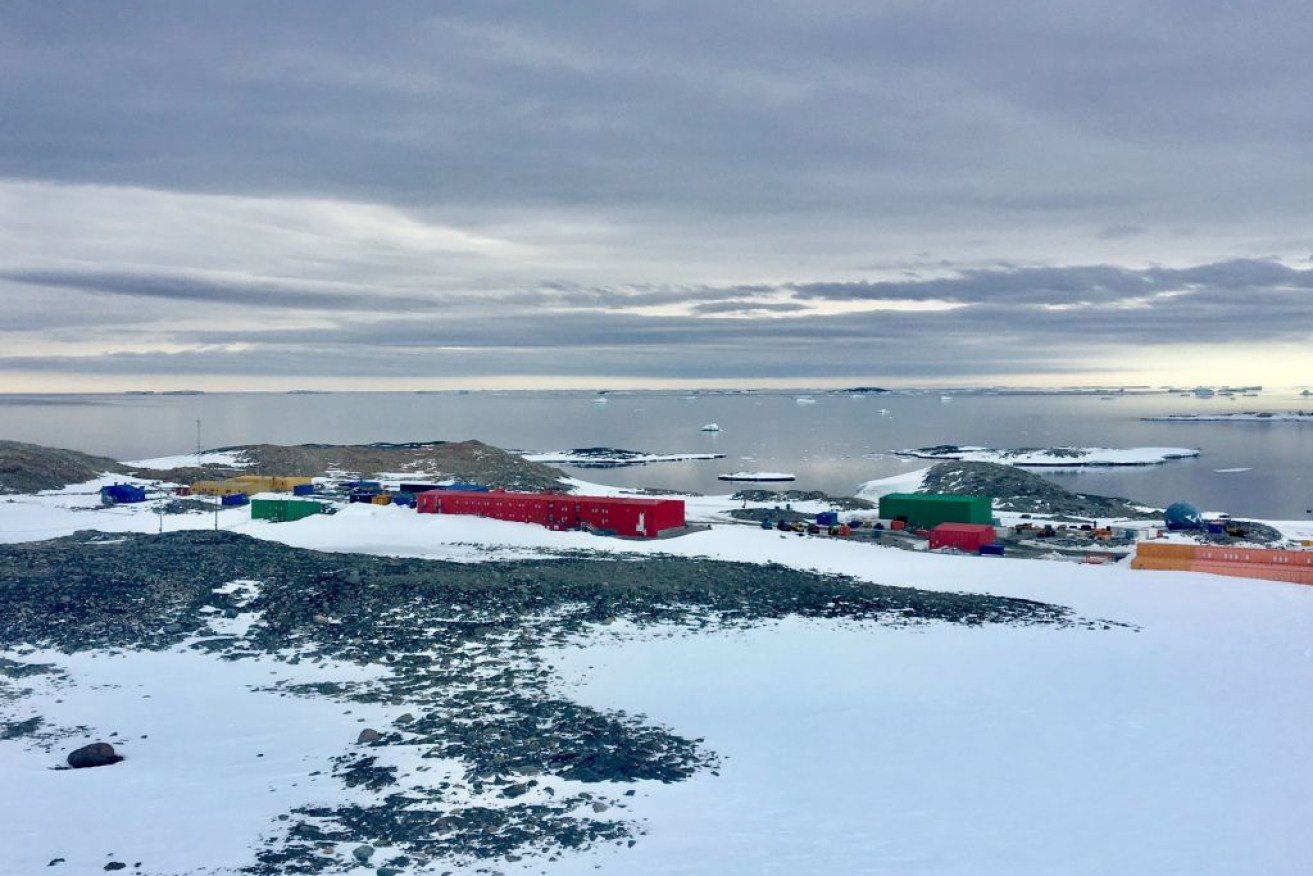Australia’s Casey Research Station in Antarctica switches on solar power

More than 100 solar panels will help power Australia's Casey Research Station in Antarctica. Photo: Chris MacMillian/Antarctica.gov.au
One of Australia major Antarctic research stations is now partly solar powered in a move that could pave the way for other outposts to become greener.
More than 100 solar panels were on Tuesday switched on at the remote Casey Research Station, one of Australia’s three permanent bases on the frozen continent.
The panels are expected to provide about 10 per cent of the station’s yearly energy, reducing reliance on diesel generators and cutting emissions.
“This is the first solar power array at an Australian Antarctic research station and amongst the largest in Antarctica,” Australian Antarctic Division (AAD) director Mr Kim Ellis said.
The first Australian solar farm in #Antarctica has been switched on at Casey research station thanks to a collaboration with @Masdar. 105 #solar panels provide 30 kW of #renewableenergy into the station’s power grid over summer https://t.co/NJ8puK87eb pic.twitter.com/9P5hWUi7bF
— antarctica.gov.au (@AusAntarctic) March 18, 2019
It took two months to install the solar technology on the side wall of the station’s green store.
Engineers batted minus-seven degree temperatures and blizzards to put up the panels, which have been adapted to capture the low angle of the sun and withstand extreme cold.
“The cold was a challenge, as the brackets and bolts are small and fiddly and can’t be installed while wearing gloves,” Casey Station engineering services supervisor Doreen McCurdy said.
“We had to use hand warmers to keep our fingers nimble.”

The technology is installed on the side wall of the green store. Photo: Rhys Francis/antarctica.gov.au
There are plans to connect the panels to a battery storage system and investigate whether solar power can be used at Australia’s other Antarctic stations.
“Once the solar system is running, we’ll be able to see how it performs as part of the station’s power grid,” Mr Ellis said.
“From there we can then look at how to get more out of the technology in the future.”
Belgium operates a zero-emission research station in Antarctica that runs entirely on solar and wind power.
-AAP








